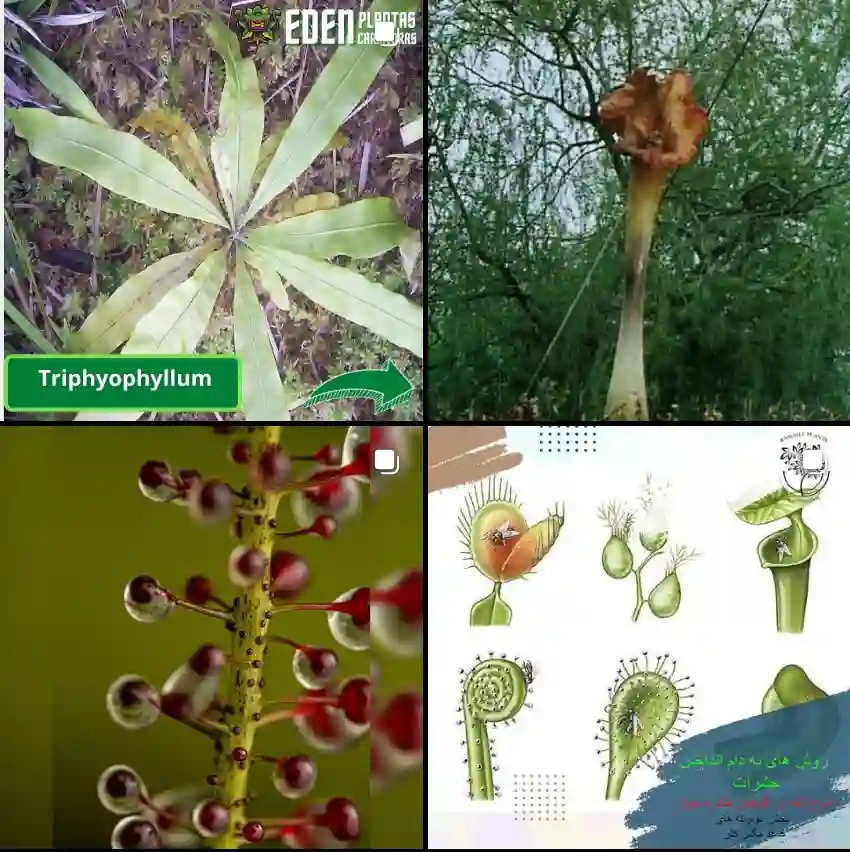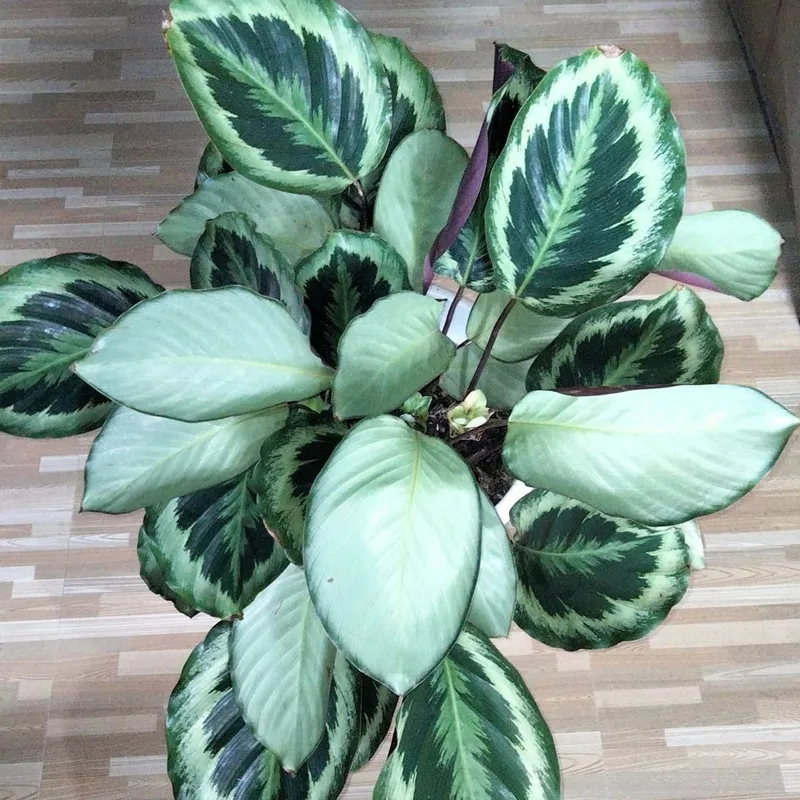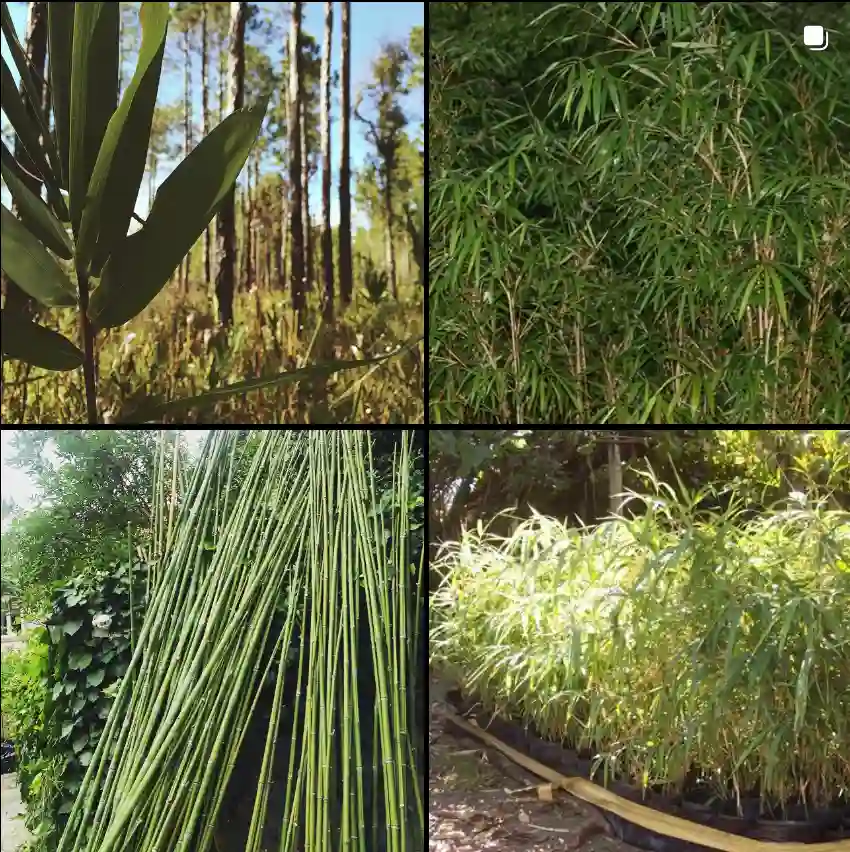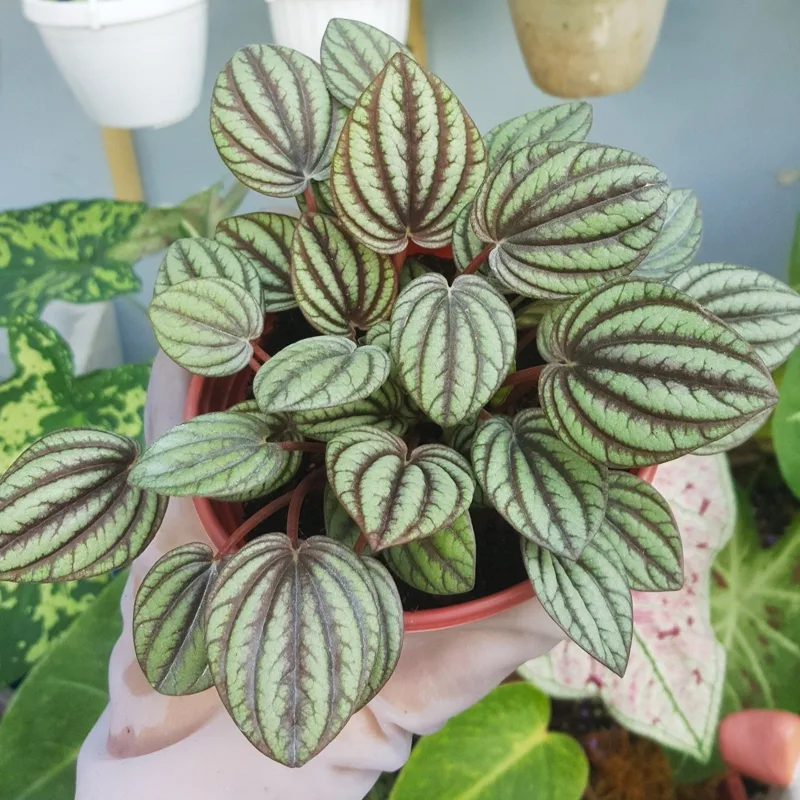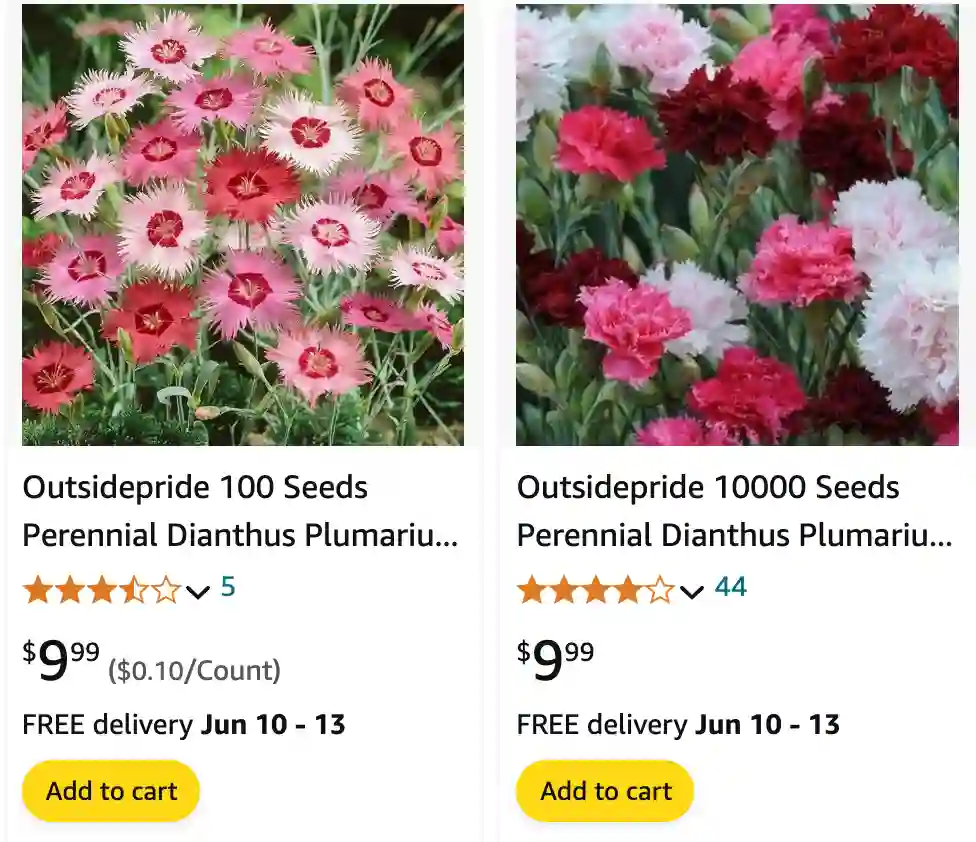
Dianthus Plumarius: A Fragrant and Enduring Garden Delight
For years, I’ve been captivated by the unassuming charm of Dianthus plumarius, also known as the common pink or garden pink. These little powerhouses pack a punch of color and fragrance, adding a touch of whimsy to any garden bed. But beyond their undeniable aesthetics, Dianthus plumarius offers a surprising amount of resilience and ease of care, making them perfect for gardeners of all levels.
In this article, I’ll delve into the world of Dianthus plumarius, sharing my experiences and insights on these delightful flowers. We’ll explore their blooming habits, delve into the best practices for care and propagation, and discover some inspiring companion plants to elevate your garden design.
378 Species in Genus Dianthus
What is Dianthus Plumarius?
Dianthus plumarius is a perennial flowering plant belonging to the Caryophyllaceae family. These compact beauties typically reach heights between 12 and 24 inches, boasting a tidy, clump-forming growth habit. Their evergreen foliage adds a touch of year-round greenery, while the star of the show undoubtedly lies in the blooms.
Dianthus plumarius produces a profusion of single or fringed flowers in a delightful array of shades, ranging from soft pinks and whites to vibrant reds. The blooms boast a spicy, clove-like fragrance that adds another layer of sensory pleasure to the garden.
When Do Dianthus Plumarius Bloom?
One of the most endearing qualities of Dianthus plumarius is its extended blooming season. These cheerful flowers typically begin their floral display in late spring, around May, and continue to grace the garden with their presence well into summer, sometimes lasting until August.
With proper care, you might even be rewarded with a sporadic burst of blooms throughout the fall. This extended flowering period ensures a vibrant and fragrant presence in your garden for a significant portion of the year.
How to Care for Dianthus Plumarius?
Dianthus plumarius are remarkably low-maintenance plants, making them ideal for busy gardeners or those new to the world of horticulture. Here are some key tips to ensure your Dianthus thrives:
- Sun: These sun-worshippers crave at least 6-8 hours of direct sunlight daily for optimal flowering.
- Soil: Dianthus plumarius prefer well-draining, slightly sandy soil. Amending your existing soil with sand or gravel can improve drainage if needed.
- Watering: Water regularly, especially during periods of drought, but avoid waterlogging. Allow the soil to dry slightly between waterings.
- Fertilizing: A light application of balanced fertilizer in early spring can encourage healthy growth and abundant blooms.
How to Propagate Dianthus Plumarius?
The beauty of Dianthus plumarius is easily multiplied through several methods:
- Division: This is an excellent way to rejuvenate established plants and obtain new ones. Divide established clumps in early spring or fall, ensuring each division has healthy roots and foliage.
- Seed: Dianthus plumarius readily grows from seeds sown directly outdoors in fall or started indoors a few weeks before the last frost.
- Cuttings: Take stem cuttings in early summer. Choose non-flowering stems and remove the lower leaves before planting them in a well-draining potting mix and keeping them moist until rooted.
What to Plant with Dianthus Plumarius?
Dianthus plumarius’ compact size and charming blooms make them versatile companions for various plants. Here are a few ideas:
- Herbs: Lavender and thyme create a fragrant and low-maintenance combination.
- Grasses: Ornamental grasses like blue fescue add textural contrast and movement.
- Perennials: Salvia, catmint, and yarrow create a colorful and long-lasting display.
Conclusion: Dianthus Plumarius – A Gardener’s Delight
Dianthus plumarius offers a delightful combination of beauty, fragrance, and ease of care. Their long-lasting blooms, coupled with their unassuming nature, make them a valuable addition to any garden. So, if you’re seeking a charming and low-maintenance flowering plant, look no further than the delightful Dianthus plumarius.
If i die, water my plants!
